What is Direct and Alternating Current?
There are two main ways electrons move - DC(Direct Current) and AC(Alternating Current).
DC/Direct Current
Let’s take a look at this battery. There's a positive(red) and negative(black) terminal, you connect it to an appliance while attaching two wires to both terminals of the battery.

While it’s connected, the electricity will flow in one direction and it goes out one side of the battery to the appliance and flows out of the appliance back to the battery.
This is a typical DC(Direct Current) system, think of it like a lazy river, the electricity flows in one direction from the battery to whatever needs power. Your car's battery uses DC to keep things humming.
AC/Alternating current
The AC(Alternating current) system is more like ocean waves crashing on the beach. Instead of a steady flow, the positive and the negative are switching at a very high frequency(e.g. 60Hz in North America), the electricity is actually vibrating in an AC system.

But don’t worry, it’s not a physical vibration so the wires won’t vibrate. Technically it’s called oscillation. The oscillation transmits power across distances, that's how the grid brings electricity to your home. It means in an AC system, there is no positive and negative, the electricity is being transmitted through vibrations(or oscillation), so there’s no flow at all.
If the DC system is like a river and flows in, in an AC system, the direction electricity flows reverses rapidly, like a wave going across an ocean, the wave transmits over distance in an ocean, the force moves but the ocean does not.
Conclusion
In a DC system, the electricity flows continuously through the wire in one direction.
In an AC system, the direction electricity flows reverses rapidly that it vibrates to transmit the electricity.






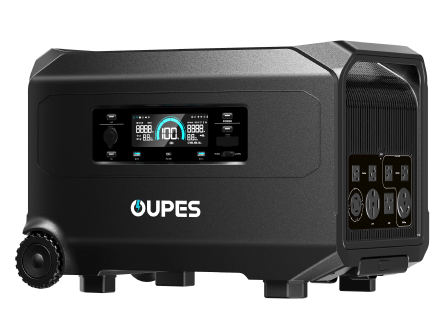
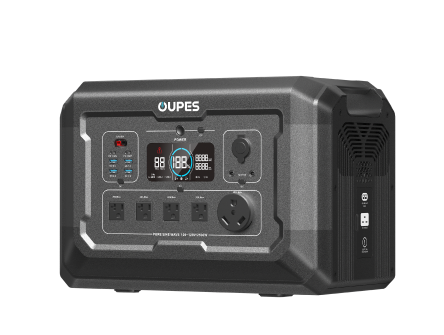
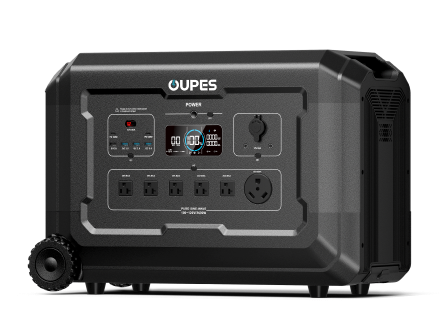
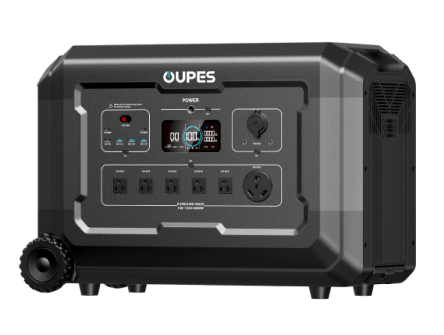
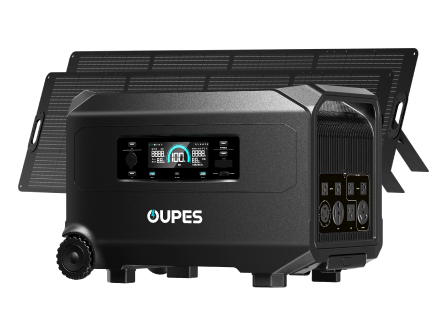

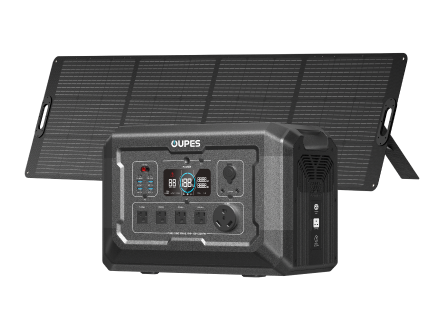

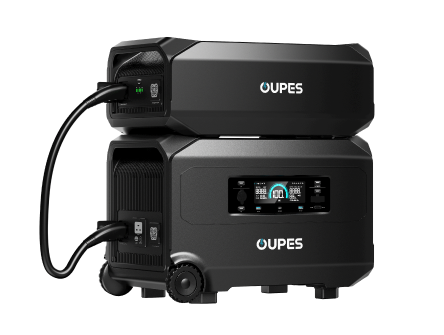
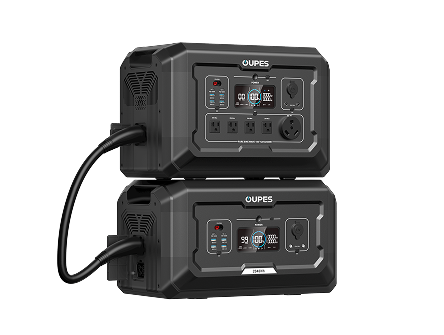
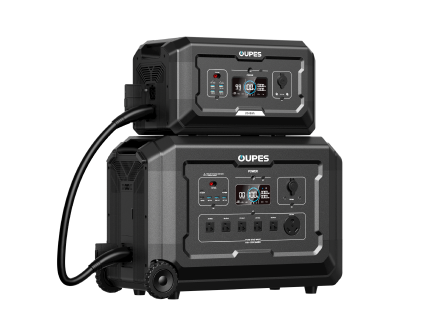
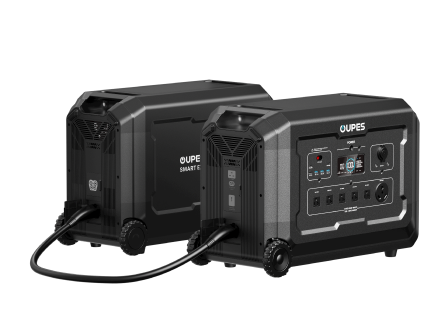
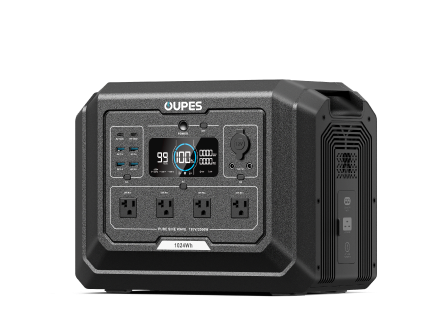
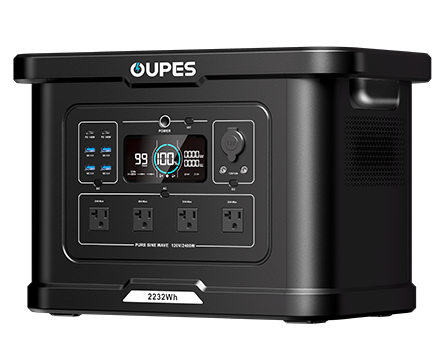
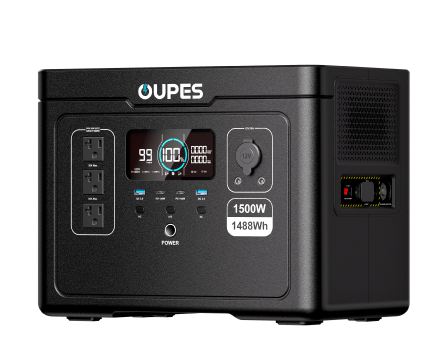
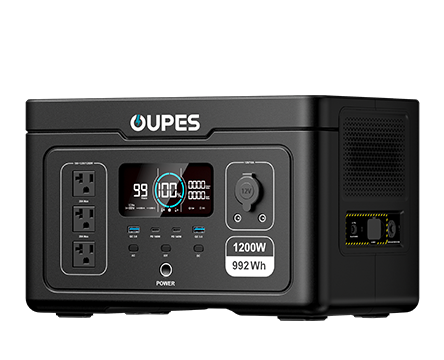
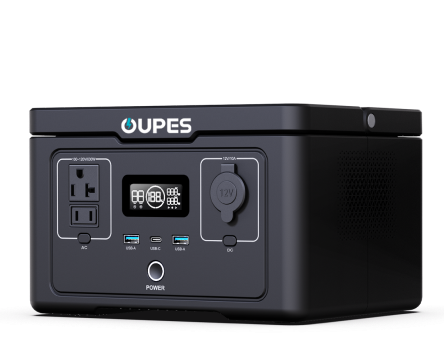
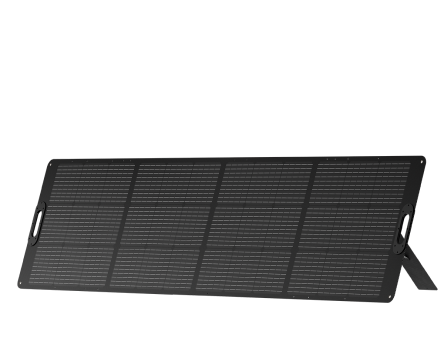
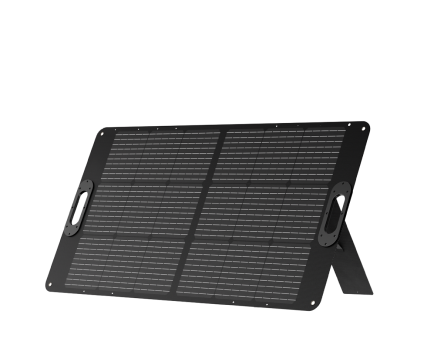
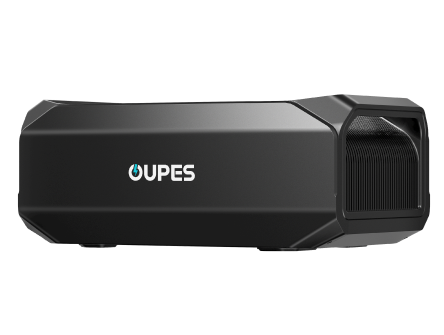

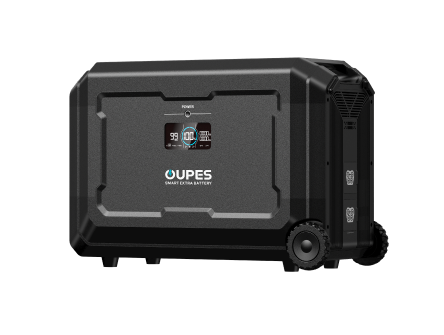
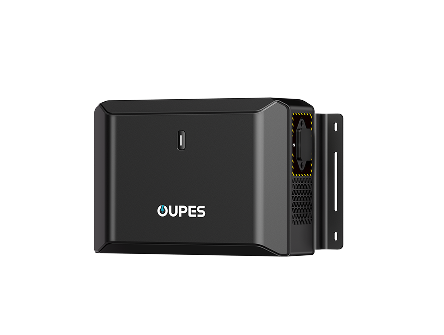
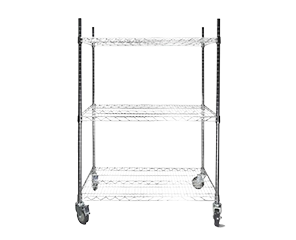
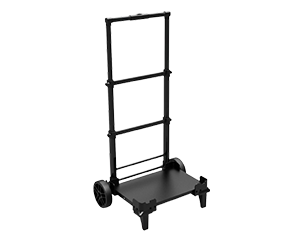
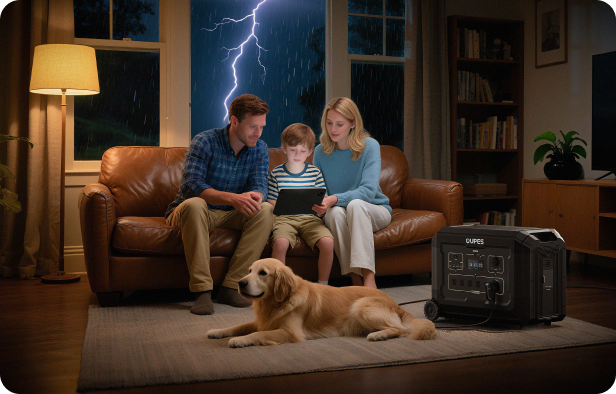
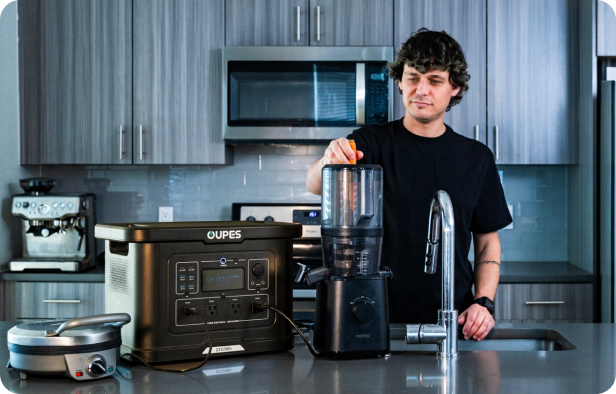
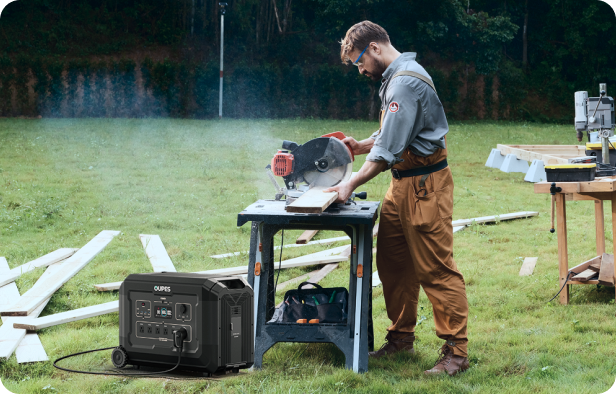






Leave a comment
This site is protected by hCaptcha and the hCaptcha Privacy Policy and Terms of Service apply.